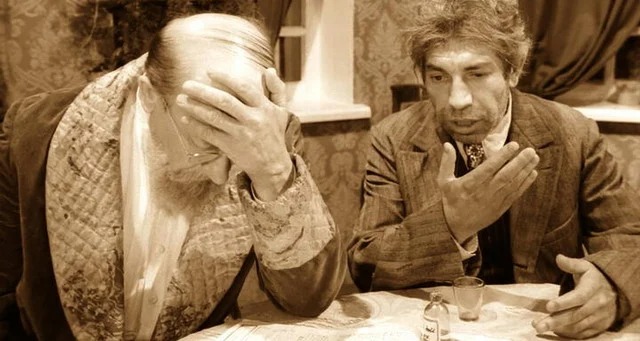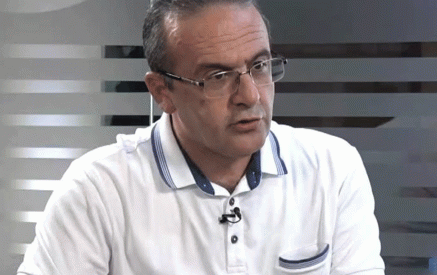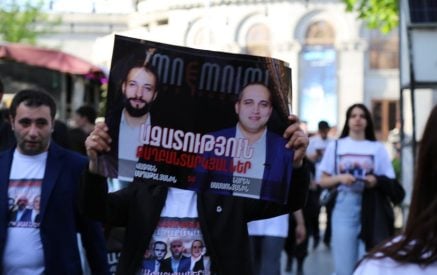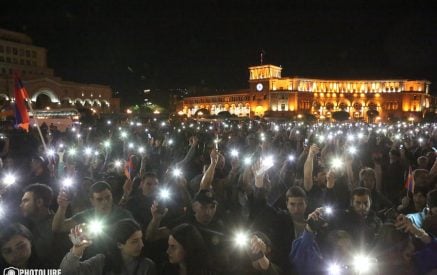On August 19-21 every year, in the media field of the post-Soviet countries, many materials dedicated to the USSR and the “last act” of that state appear, the beginning of which was recorded on August 19, 1991, when a part of the top leadership of that country made an unsuccessful and, in my opinion, doomed to failure attempt to preserve the finally exhausted system.
Was that system good or bad? I don’t have a definite answer to that question. But I’m more interested in the people. What were they like before 1917? What changes did they experience before 1991, and in what direction did they develop after that? Has the dream of forming a “new person” come true as a result of any revolution? Or was it an illusion, or as they would say now, “manipulation”?
Answering those questions is not that easy either. In his novel “The Heart of a Dog,” Bulgakov presents a scenario according to which the attempt to form a new person fails. Sharikov has no thoughts of his own; he can only repeat the nonsense that Shvonder fills his brain with. And that’s why Professor Preobrozhensky- translated into Armenian, Veravatyan- decides to transform Sharikov back into the state of a dog, and everything returns to the starting state.
The novel was written in 1925, and it is possible that the attempts to create a new person in the following years were not so unsuccessful. But it was not radical “shvonderism” that won, but extreme conformism, adaptability: “I’ll try not to make a sound, and maybe that will ensure my quiet life.” And that stagnation was only broken when the storefronts emptied in the late 1980s, and those responsible for them began to believe that if the system changed, the storefronts would be filled again. After a while, they really filled up. But he never became a citizen of a new, independent state. Everything eventually returned to the same stagnant state.
Read also
In Armenia in 2018, the “shvonders” once again convinced that it was possible to seize the illegally accumulated wealth and distribute it to the people. But that Sharikov dream did not come true again.
However, there was a moment when a new person could appear in Armenia. In 1988-90, our society rose from the daily quagmire. It rose and, if we continue the spatial metaphor, hit its head on the ceiling and in the mid-1990s began to dethrone at a high speed, sinking into indifference and cynicism, the city’s desire to “just live well.”
The good news is that we are reaching a rock bottom that we may be able to climb again.
Aram Abrahamyan




























































